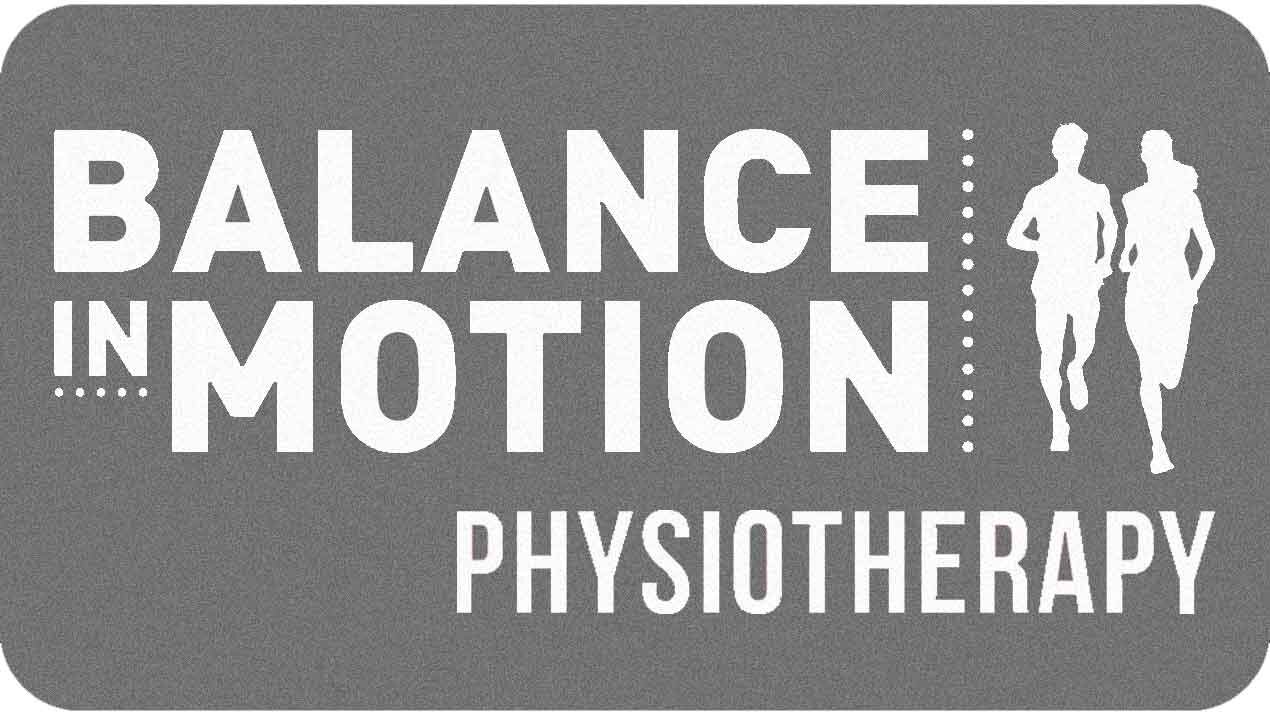Understanding Patellofemoral Pain Syndrome (PFPS)
/If you've ever experienced a dull, aching pain around or behind your kneecap—especially when going up or down stairs, squatting, or sitting for long periods—you might be dealing with Patellofemoral Pain Syndrome (PFPS), which is also often referred to as runner’s knee.
At the moment, especially with the huge uptake in running, we are seeing huge amounts of this in the clinic. PFPS is a very frustrating condition to suffer from and put a quick stop to your activity but fortunately it is highly treatable with the right approach!
What Is Patellofemoral Pain Syndrome?
PFPS is a condition that causes pain at the front of the knee, around the kneecap. It usually stems from improper tracking of the patella in the femoral groove during movement. This misalignment can irritate the cartilage underneath the kneecap, leading to inflammation and pain.
Common Causes
Overuse or sudden increases in activity
Rapid changes in your training load or intensity can stress the knee joint.
Poor biomechanics
Weakness in the lower limb anywhere from foot to hip along with even inbalances in the upper body can lead to abnormal patella movement.
Muscle imbalances
Tight lateral quads or hamstrings and weak glutes or VMO (vastus medialis obliquus) can alter patella tracking.
Improper footwear
Wearing shoes that aren’t great for you can contribute to knee dysfunction.
Key Symptoms
Dull pain around or behind the kneecap
Pain that worsens with stair climbing, squatting, or sitting for long periods
Possible clicking or grinding in the knee
How We Treat It at Balance in Motion
Comprehensive Assessment
We start with a detailed movement and postural assessment to identify the root cause - whether it’s muscular weakness, poor alignment, or movement dysfunction.
Targeted Exercise Rehab
Strengthening the quads, glutes, and hips is central to recovery. We also work on mobility and control to support the knee through all ranges of motion and any other areas that need work.
Manual Therapy
Hands-on treatment can help relieve muscle tightness and improve joint mechanics and at the clinic believe this can help you get over your injury quicker.
Movement Education and Load Management
Guidance in modifying your activity to reduce pain without halting your progress, and working together to build you back up safely.
Footwear and Orthotics Advice
If necessary, we assess your footwear and may recommend some options or send you to some of our friends at Pace Athletic or The Running Company.
Long-Term Outlook
The good news? With early intervention and the right plan, most people recover well from PFPS. Our goal is to not only relieve your pain but also help you return to what you love doing - stronger and more resilient than before.
Matt Barker

